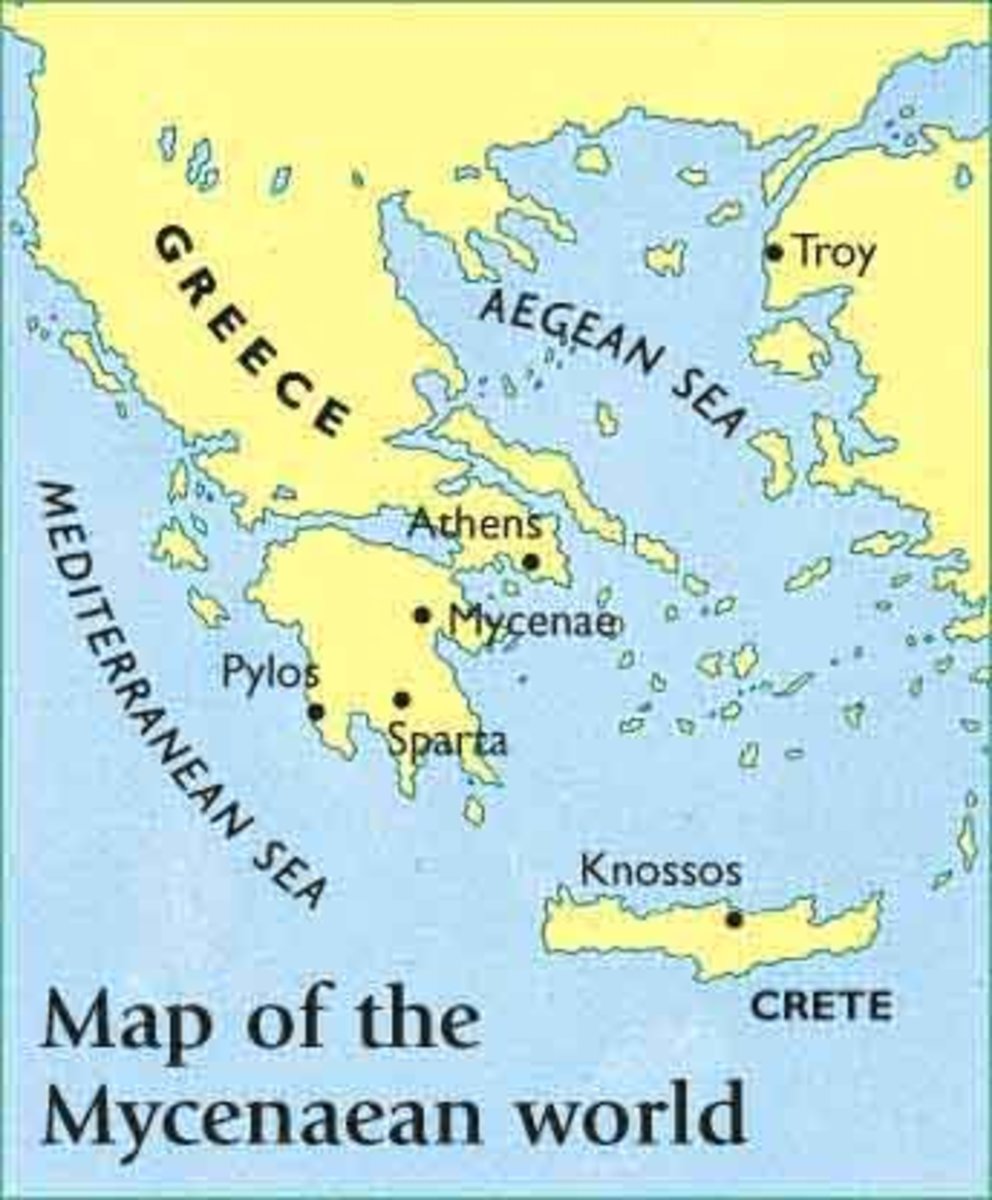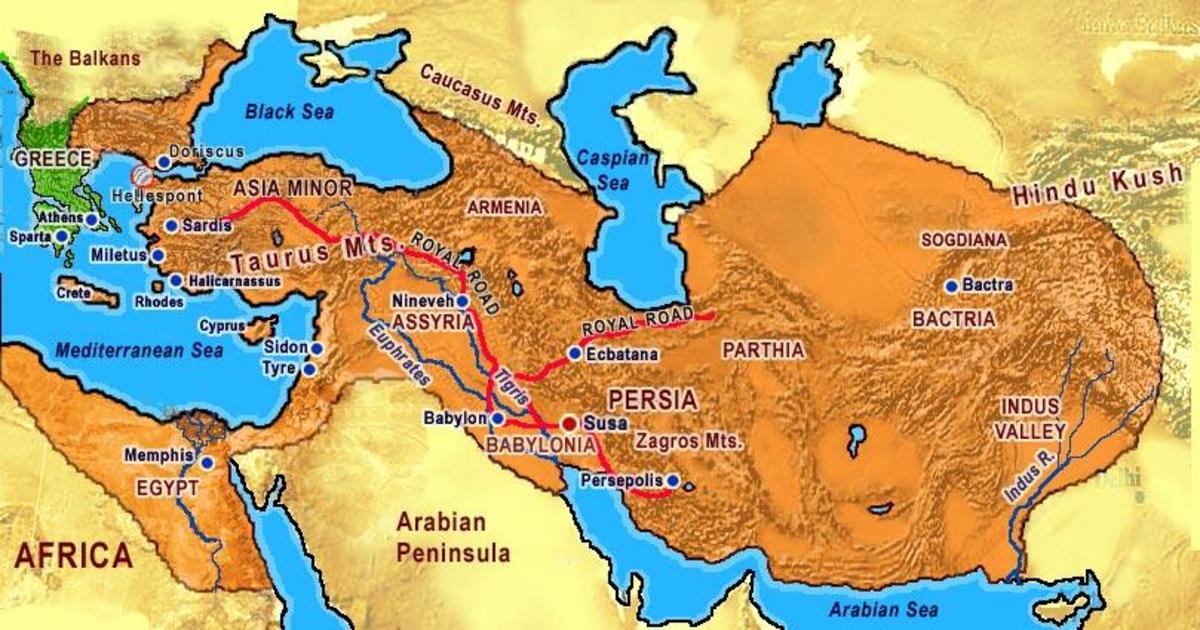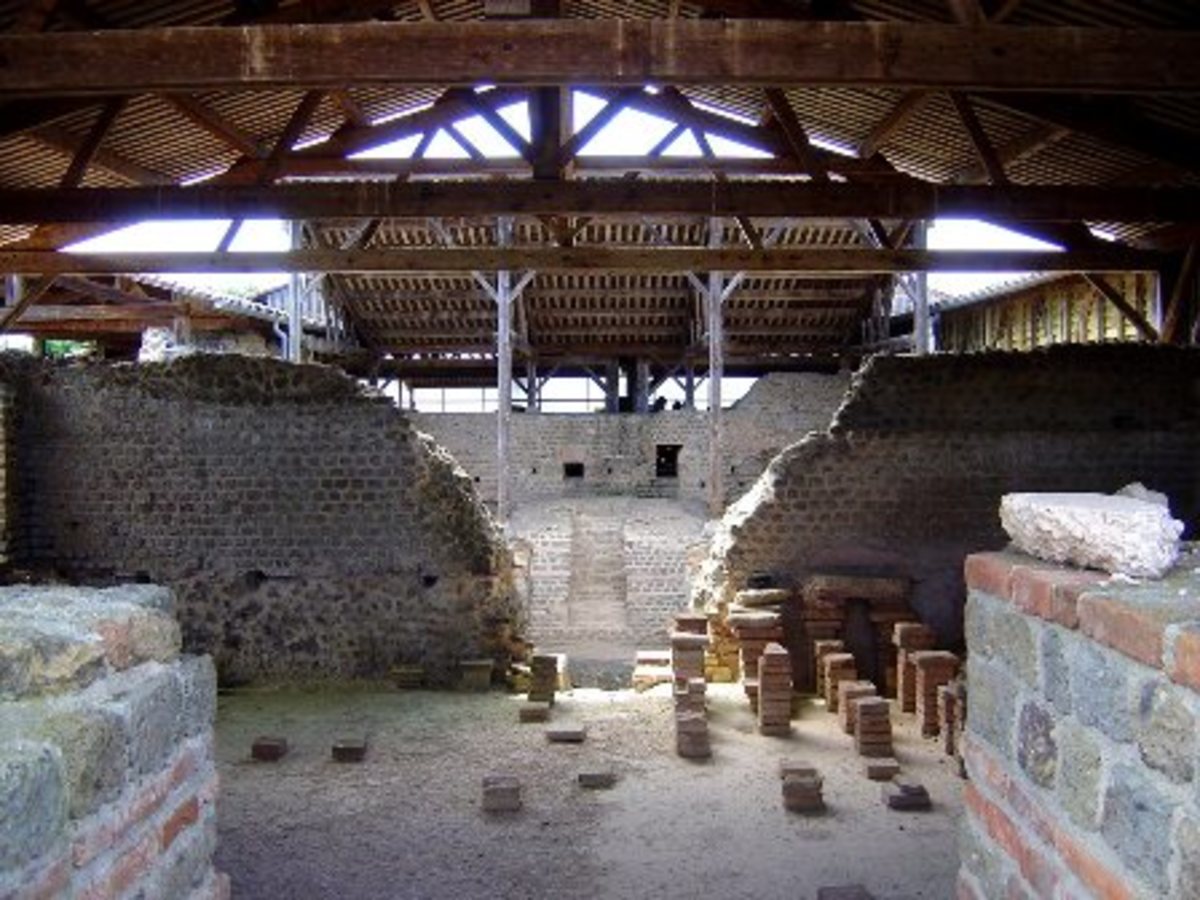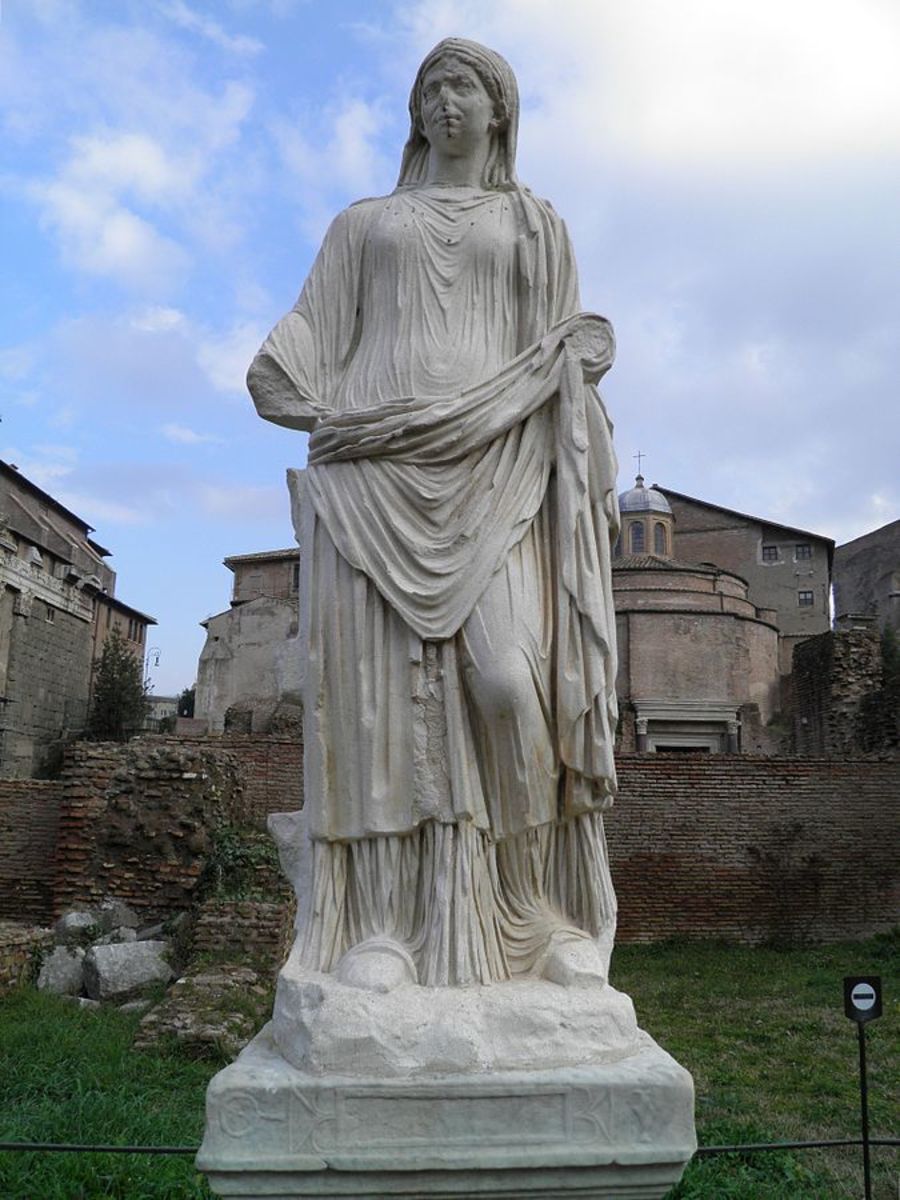- HubPages»
- Education and Science»
- History & Archaeology»
- Ancient History
Greek Fire and Its Modern Equivilant
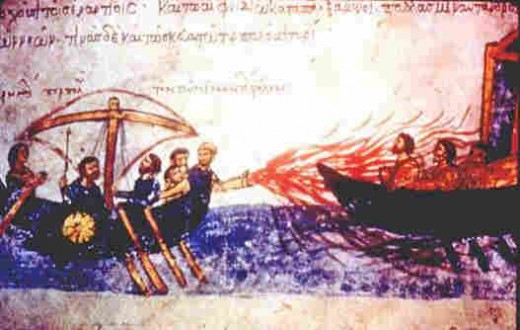
Ancient lore suggests that it was a gift bestowed upon the Great Emperor by an angel; that the composition of a flaming liquid weapon, later referred to as “Greek fire”, was given to Constantine Pogonatus by an ethereal being. Other accounts although suggest that the fire was the brainchild of Callinicus of Heliopolis, a Syrian inventor and contemporary of Constantine.
While the origins of this terrifying incendiary force are debatable, the actual recipe of the flammable composition is just as perplexing. Analysis of excavated earthenware pots found in Syria, which were supposedly utilized as containers for the Greek fire, reveal the presence of chloride, nitrate, and sulphate. Still, to this date, such method of weaponry has not been recreated.
More concrete accounts although attest to the flammable composition’s incredible destructive force. Often employed in vessels, through a hose, or flung by projectile machines, the fire razed entire armies, both on land and sea. Water is said to have had no effects on the flames, and that only large quantities of sand or vinegar could lessen the danger.
During Christian times, Constantine successfully managed this damaging weaponry while suffering a siege by Saracen fleets. Historical evidence also reveals that others may have utilized Greek fire well into the Middle Ages, including the Arab Empire and European Crusaders.
Of all modern compounds, only one shares striking similarities with this ancient technology: napalm. This incendiary device consists of thickened gasoline as well as a number of additional agents, including naphthenic acid and palmitic acid.
Just as Greek fire, this current weapon in not easily extinguishable, can burn for an extended period of time, destroy almost any material, and creates toxic vapors.



